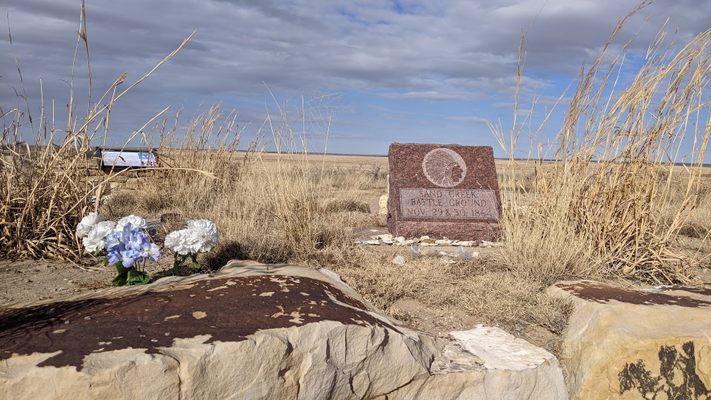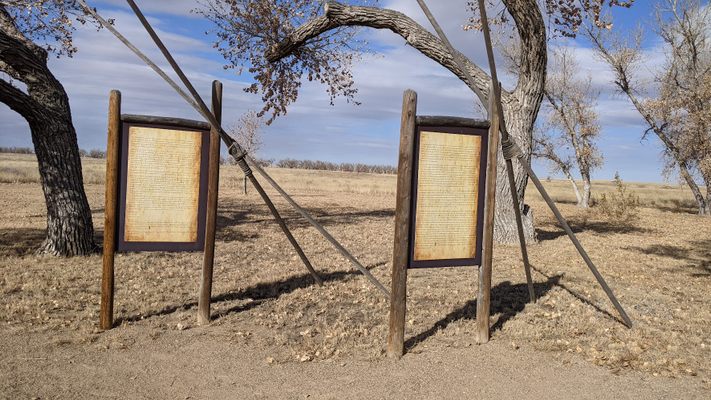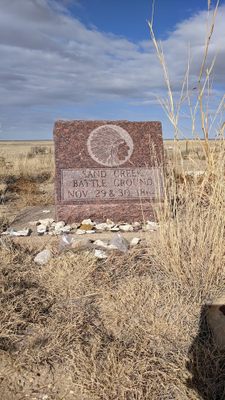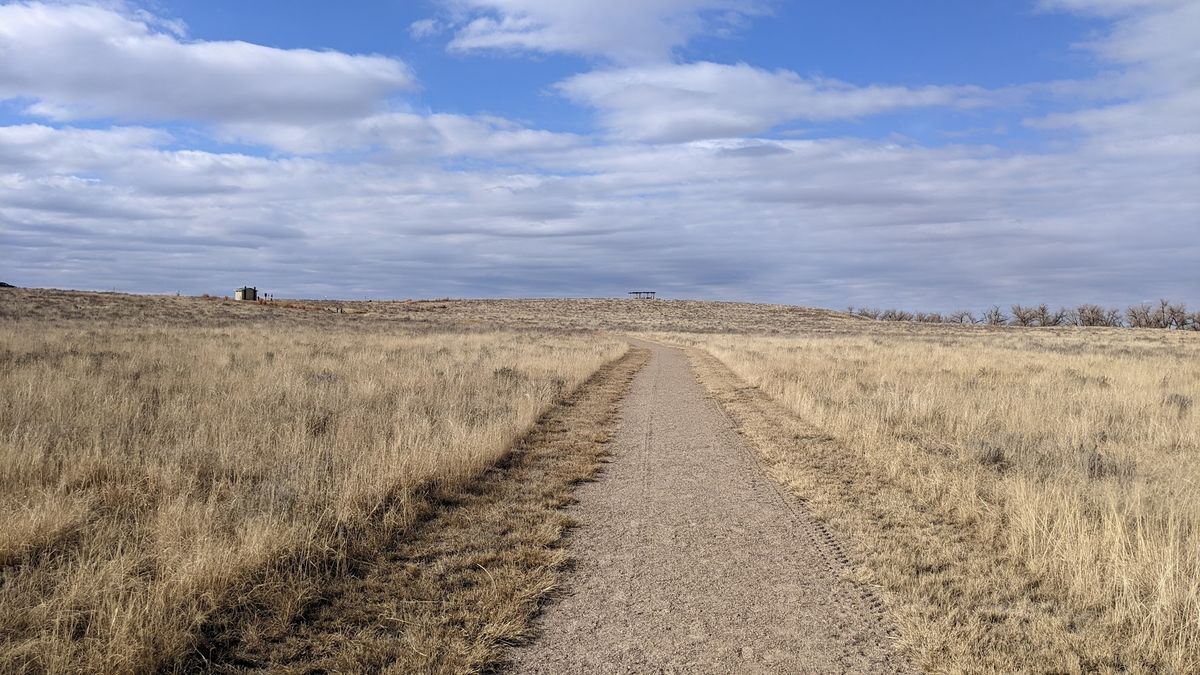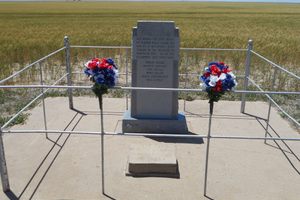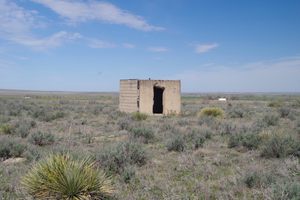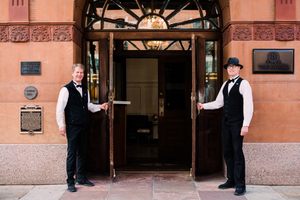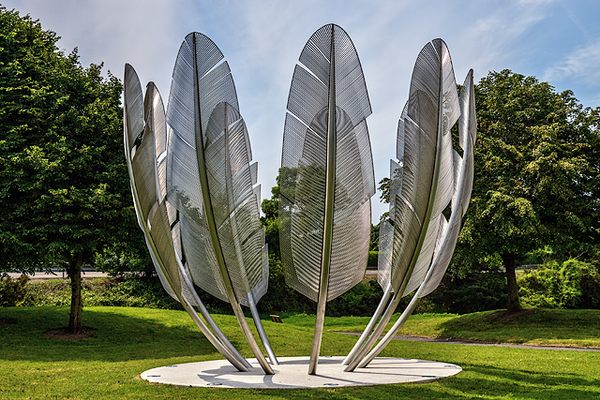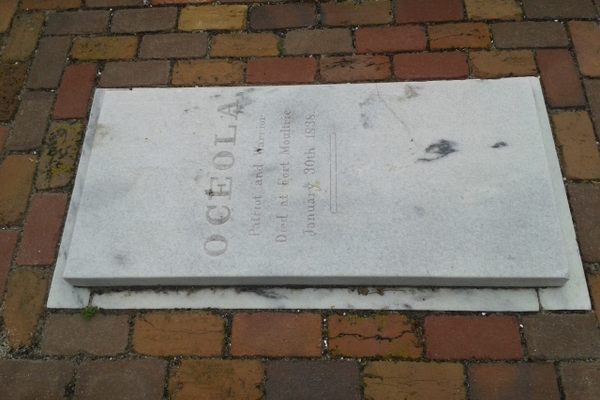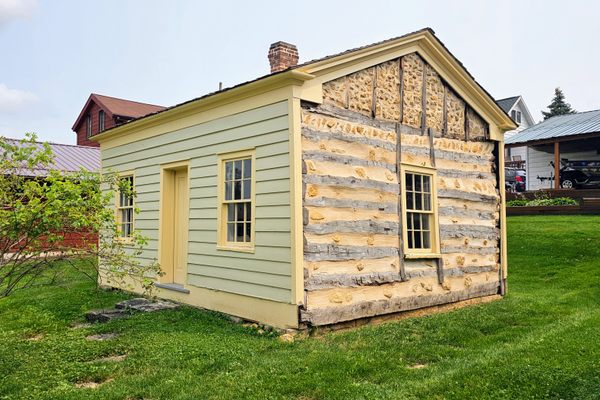About
On a quiet hilltop in eastern Colorado, scarcely distinguishable from the plains surrounding it, lies a small granite monument. Adorned with the profile of a Native American with a feather headdress, it reads “SAND CREEK BATTLE GROUND / NOV 29&30, 1864”. However, what happened here in 1864 was hardly a battle. The name of the National Historic Site containing this monument bears a more accurate name for this event: the Sand Creek Massacre.
By the 1851 Treaty of Fort Laramie, the Cheyenne and Arapahoe held most of eastern Colorado and other land in the Great Plains. With the Pikes Peak Gold Rush bringing thousands more white settlers to the territory, Colorado officials were looking for ways to get more territory from the Indigenous people. Efforts to extract more land were met with fierce resistance from the Cheyenne and Arapahoe, and negotiations were breaking down. The natives were breaking into different factions: those who desired peace with the settlers, and those who were prepared to fight back.
Events were set into motion by an order given by Governor John Evans to U.S. Volunteers Colonel John Chivington. Chivington was to provoke a battle between his cavalry forces and the native warriors, which would provide a justification for war and the seizure of Indigenous land. This would also help justify more federal support for the Third Colorado Cavalry, which was created exclusively for the purpose of fighting natives. Unfortunately for Evans’ political ambitions, Chivington was not interested in optics, believing “it is right and honorable to use any means under God's heaven to kill Indians. ... Kill and scalp all, big and little.”
One group of Cheyenne and Arapahoe were camped at Sand Creek, near Fort Lyon. They were assured protection by Governor Evans, who promised that anyone who surrendered to Fort Lyon would not be harmed, and would be allowed to hunt on the surrounding plains. On November 29, 1864, most of the warriors were away hunting for buffalo. That is when Chivington made his move. Bolstered by additional forces from Fort Lyon, the militia descended upon the Indian camp. Black Kettle, a prominent Cheyenne leader in the camp, quickly raised a U.S. flag and a white surrender flag over his shelter. Unfortunately, this attempt to show peaceful intentions was ignored.
An estimated 150 to 200 natives were killed, the vast majority of them women and children. Body parts were collected from the dead as trophies and proudly displayed in Denver in the aftermath of the attack. Only 10 to 15 U.S. soldiers were killed, mostly from friendly fire due to heavy drinking among the troops the night before the attack.
To their credit, some of the soldiers under Chivington’s command did not obey the order to attack. Captain Silas Soule of the First Colorado Cavalry ordered his men to hold their fire, and later testified against Chivington at his U.S. Army court martial. The testimony of Soule and his men caused a shift in public opinion, which was initially positive towards the results of the perceived “battle.” For his role in bringing the truth to light, Soule was shot in Denver by one of Chivington’s men. The murderer was identified but never charged.
While both Evans and Chivington resigned their positions, neither faced legal consequences for their roles in instigating and carrying out the massacre. For over one hundred years, one of Colorado’s most popular fourteeners was named for Governor Evans, until it was renamed “Mount Blue Sky” in 2023 for the indigenous people murdered under his orders. Even so, the site of their crimes and the final resting place of hundreds of indigenous people is preserved and memorialized here, in a quiet stretch of the Colorado plains.
Related Tags
Know Before You Go
Sand Creek Massacre NHS has a permanent ranger station, which is staffed Thursday through Monday from 9:00 AM to 4:00 PM. There is a bookstore and facilities. Interpretive talks are held at the monument overlook twice a day while the park is open. Check the official NPS website for up-to-date details.
Community Contributors
Added By
Published
October 2, 2023
